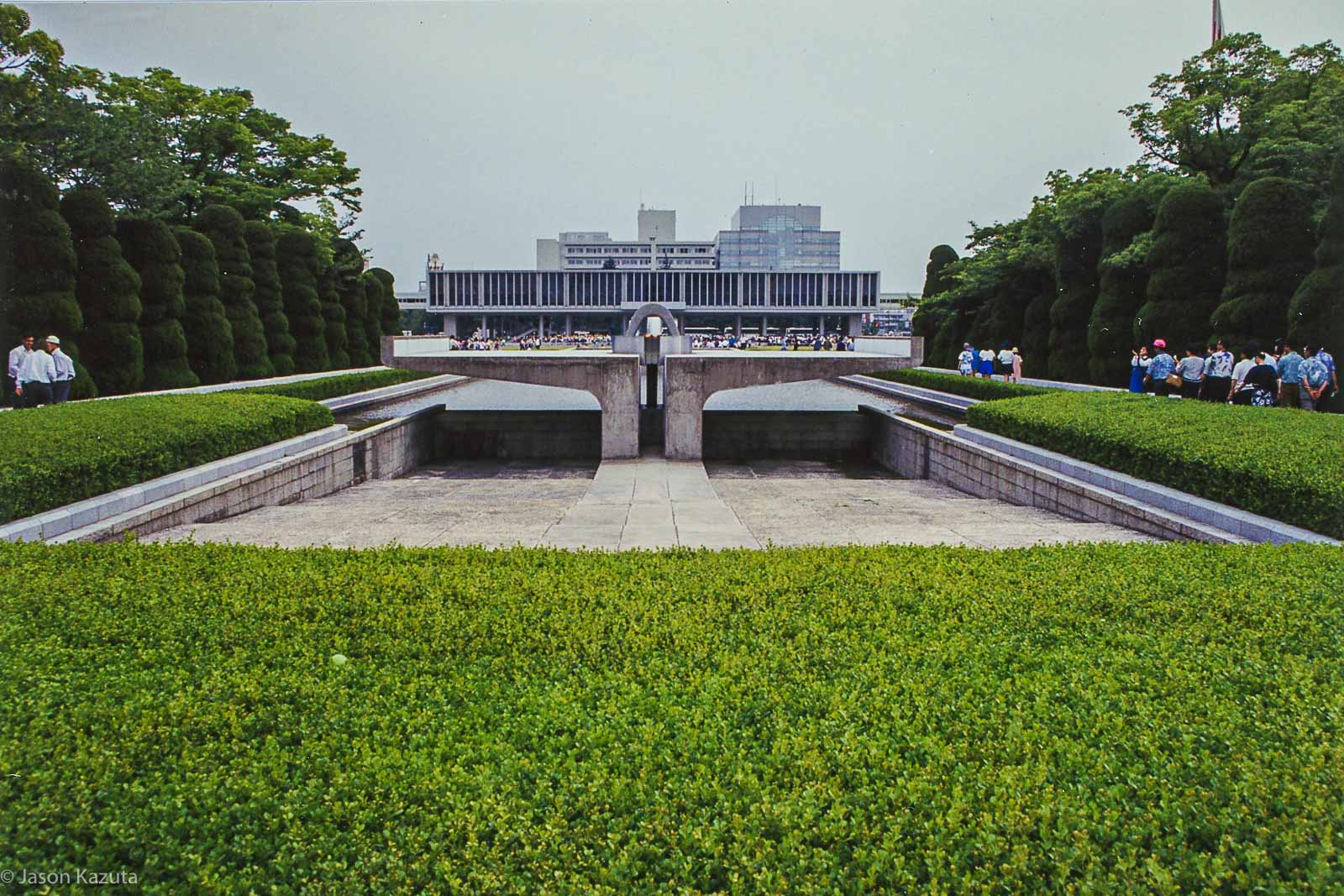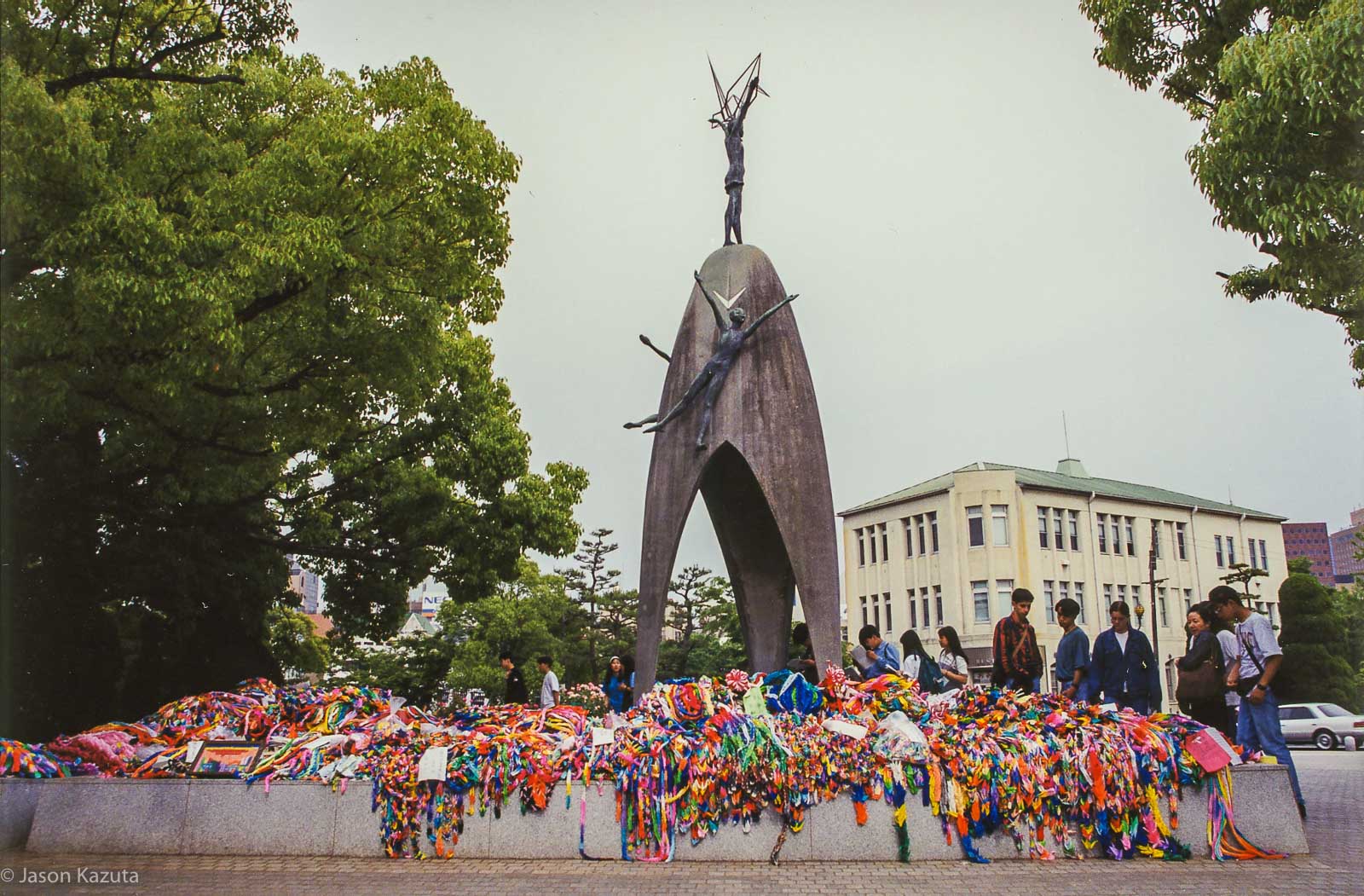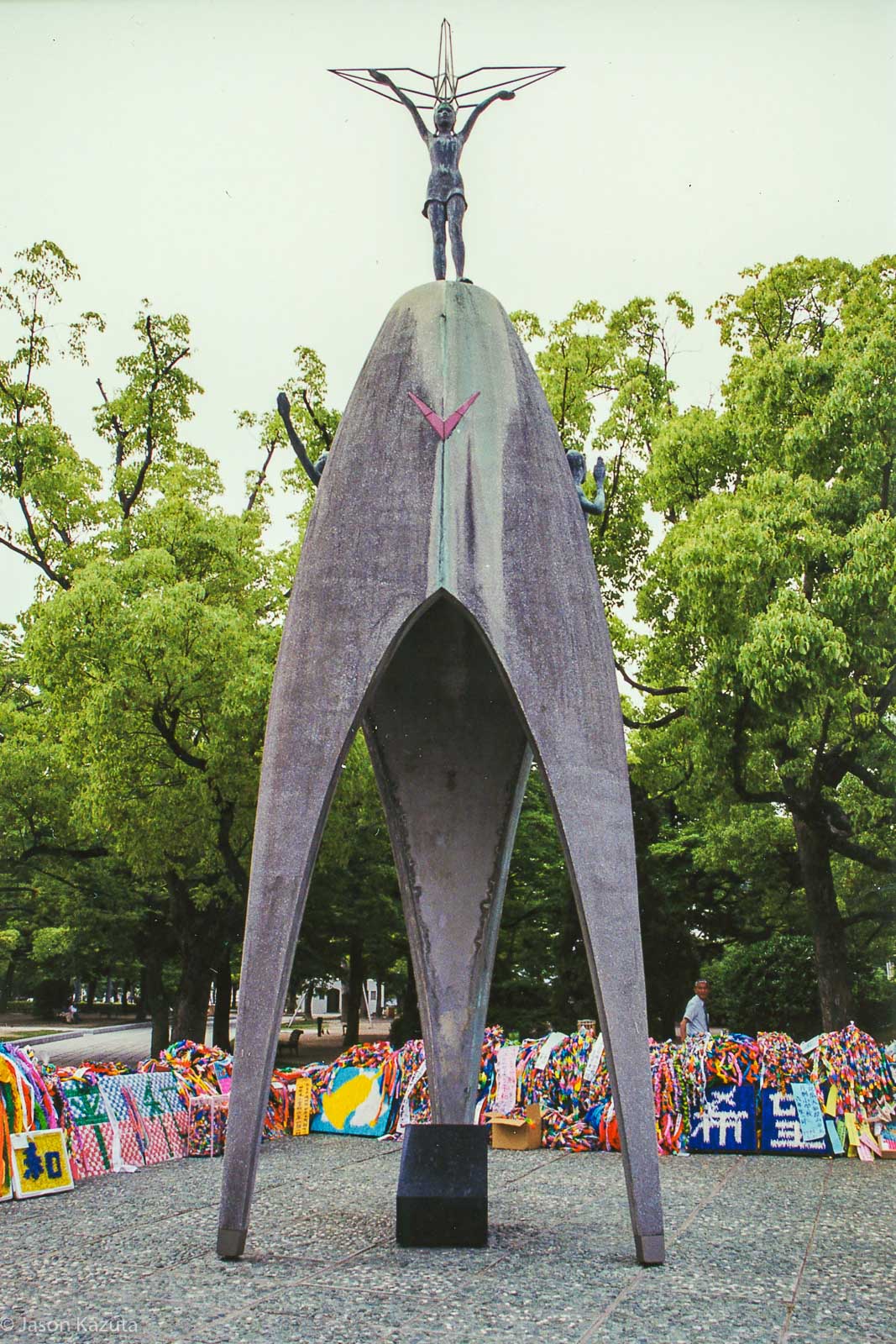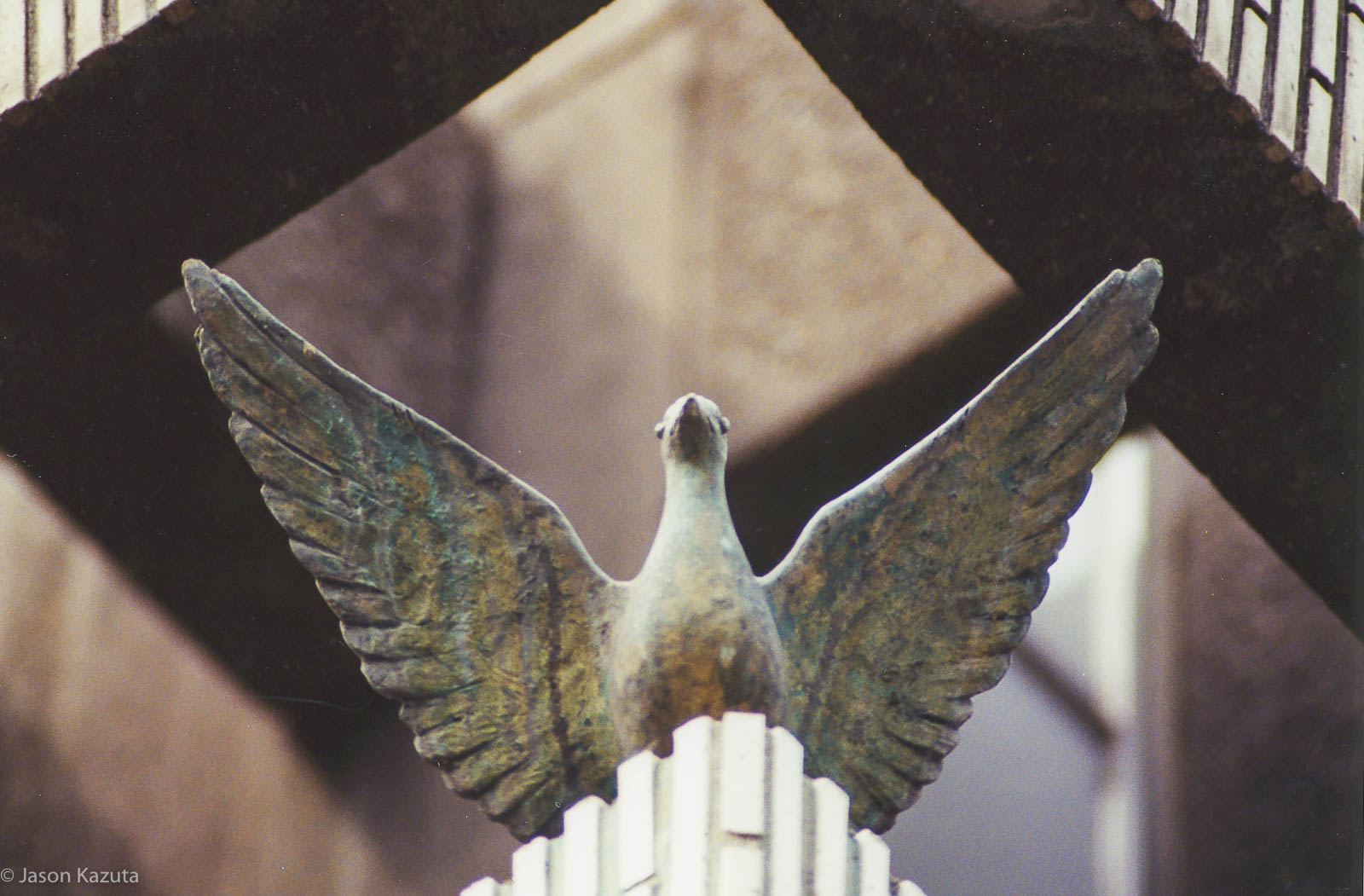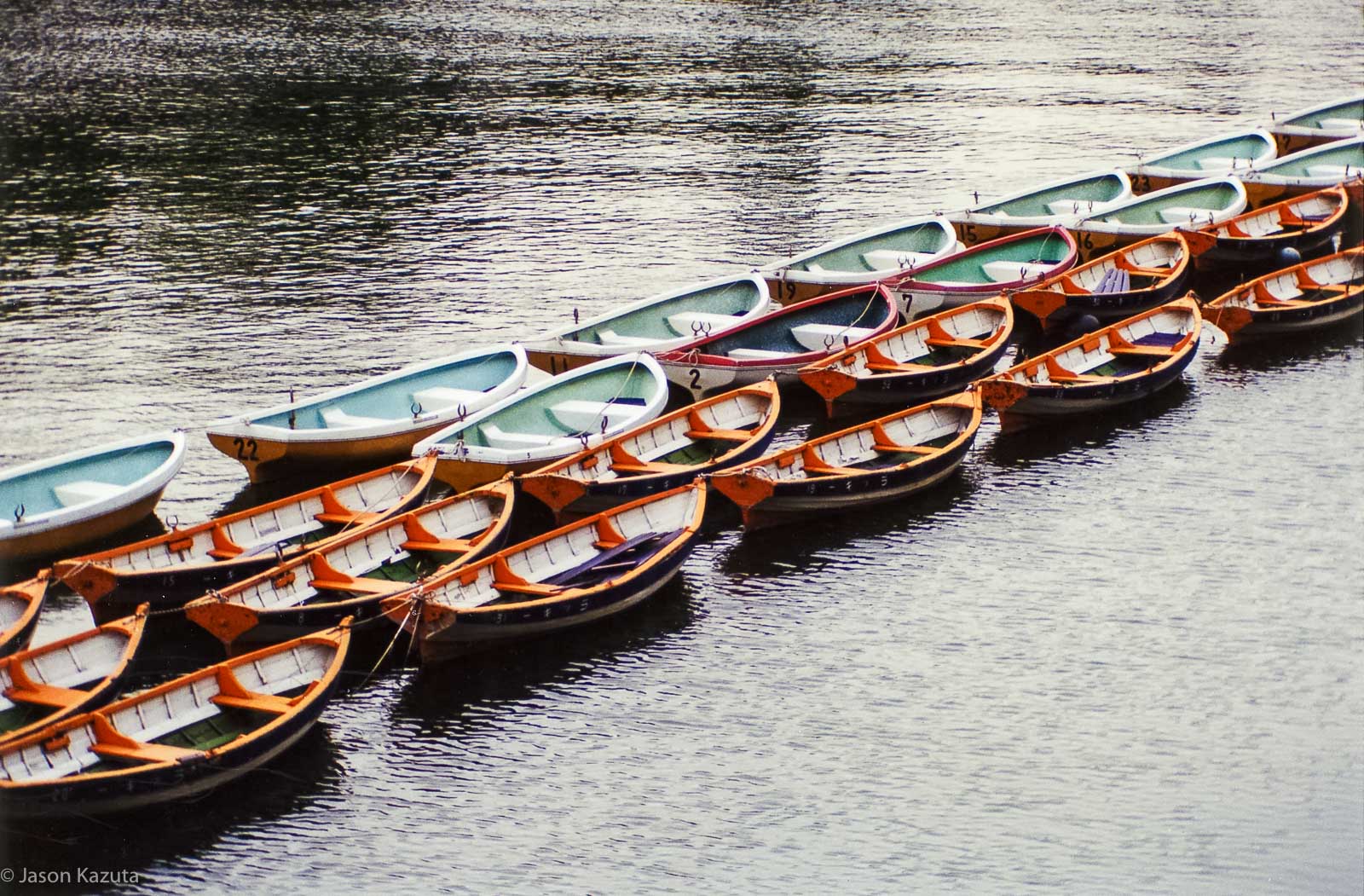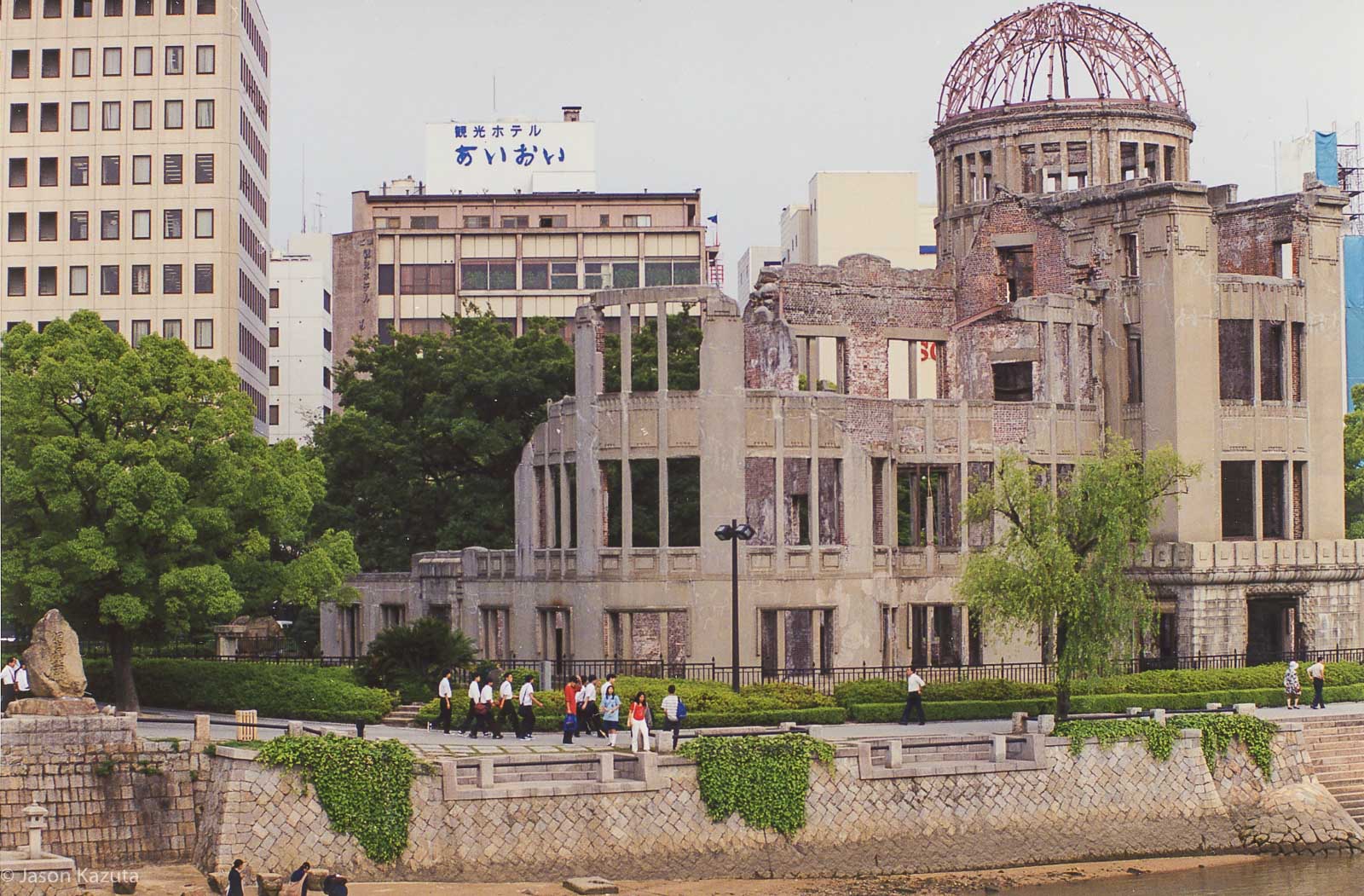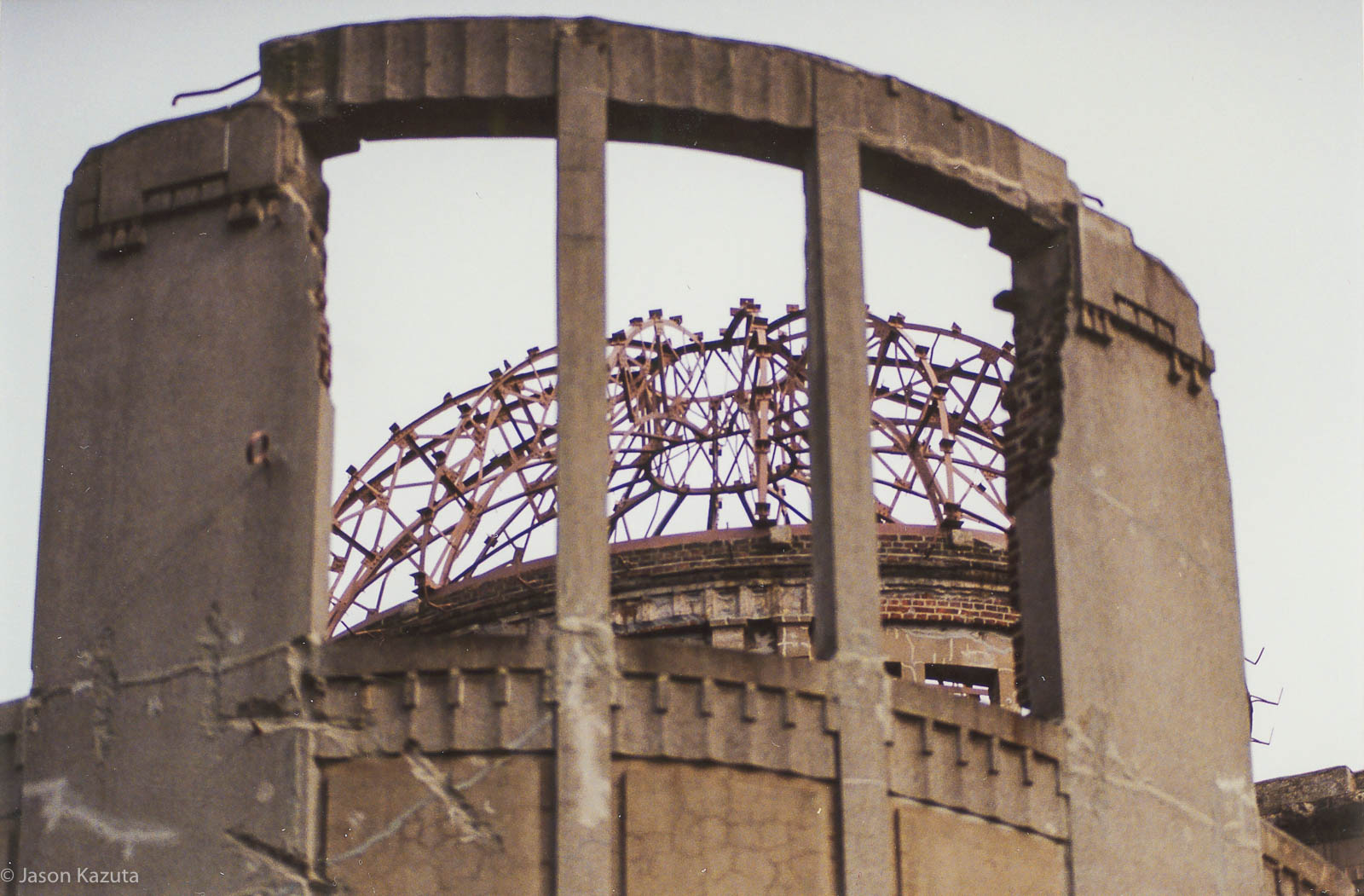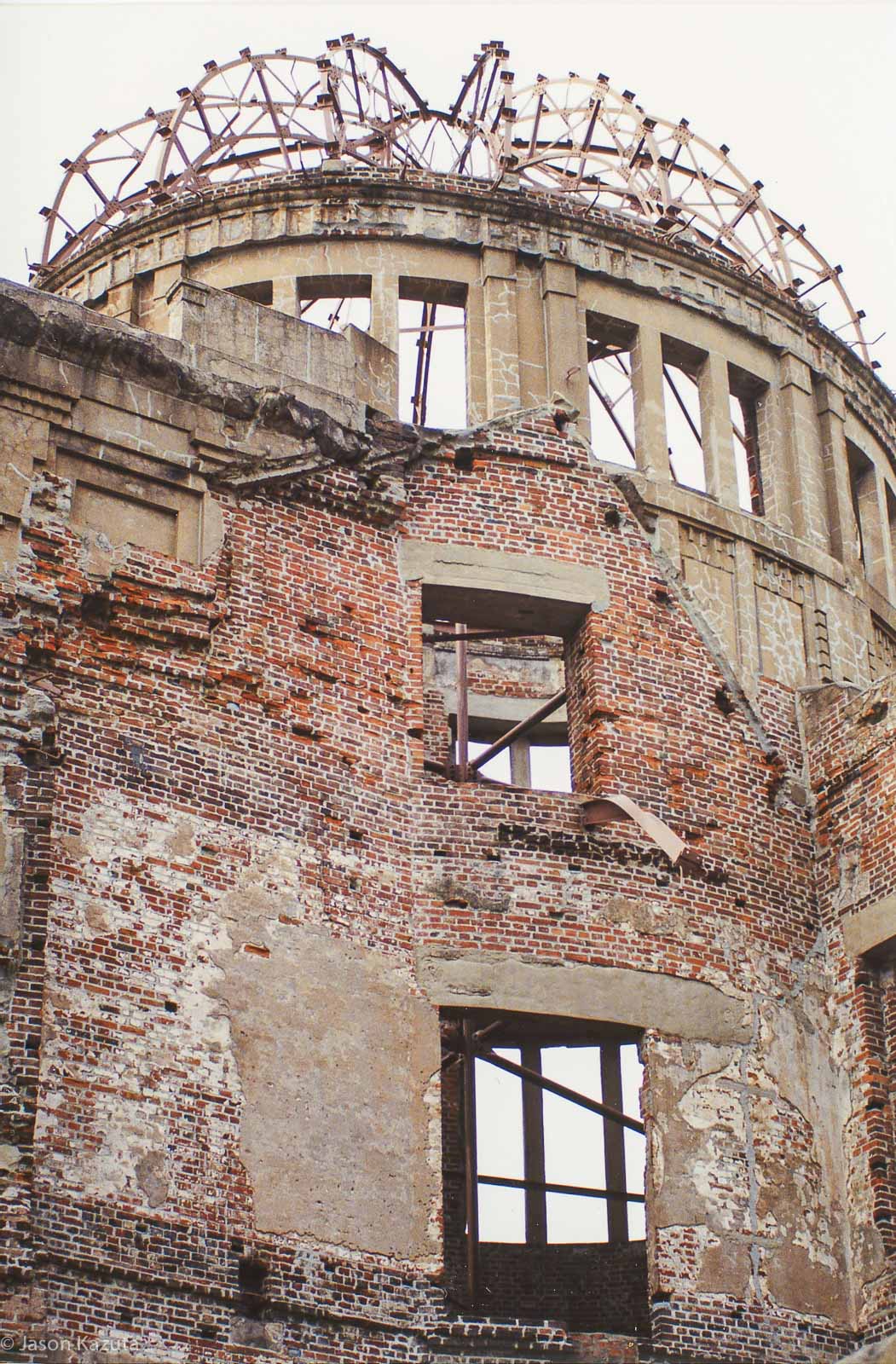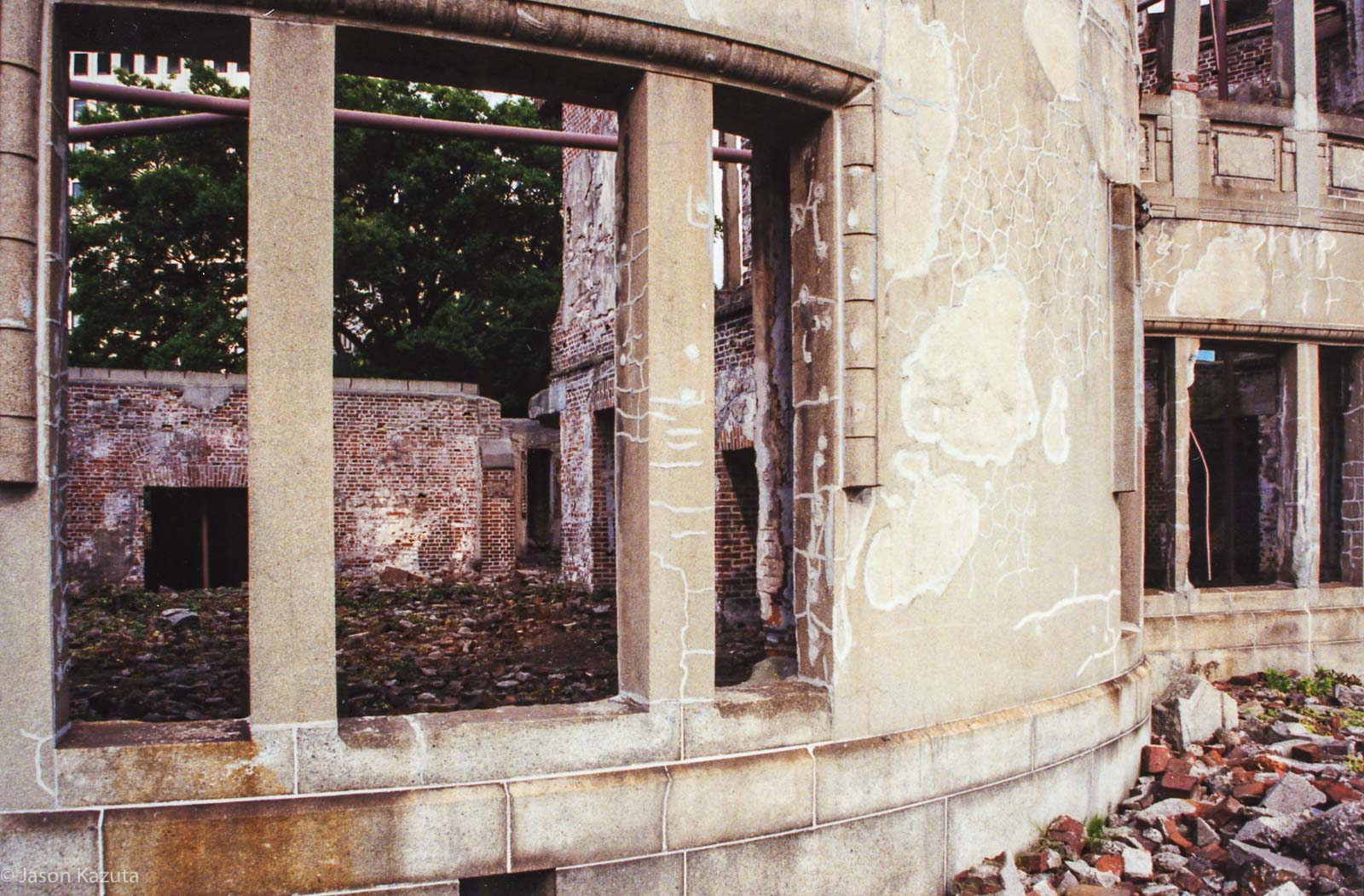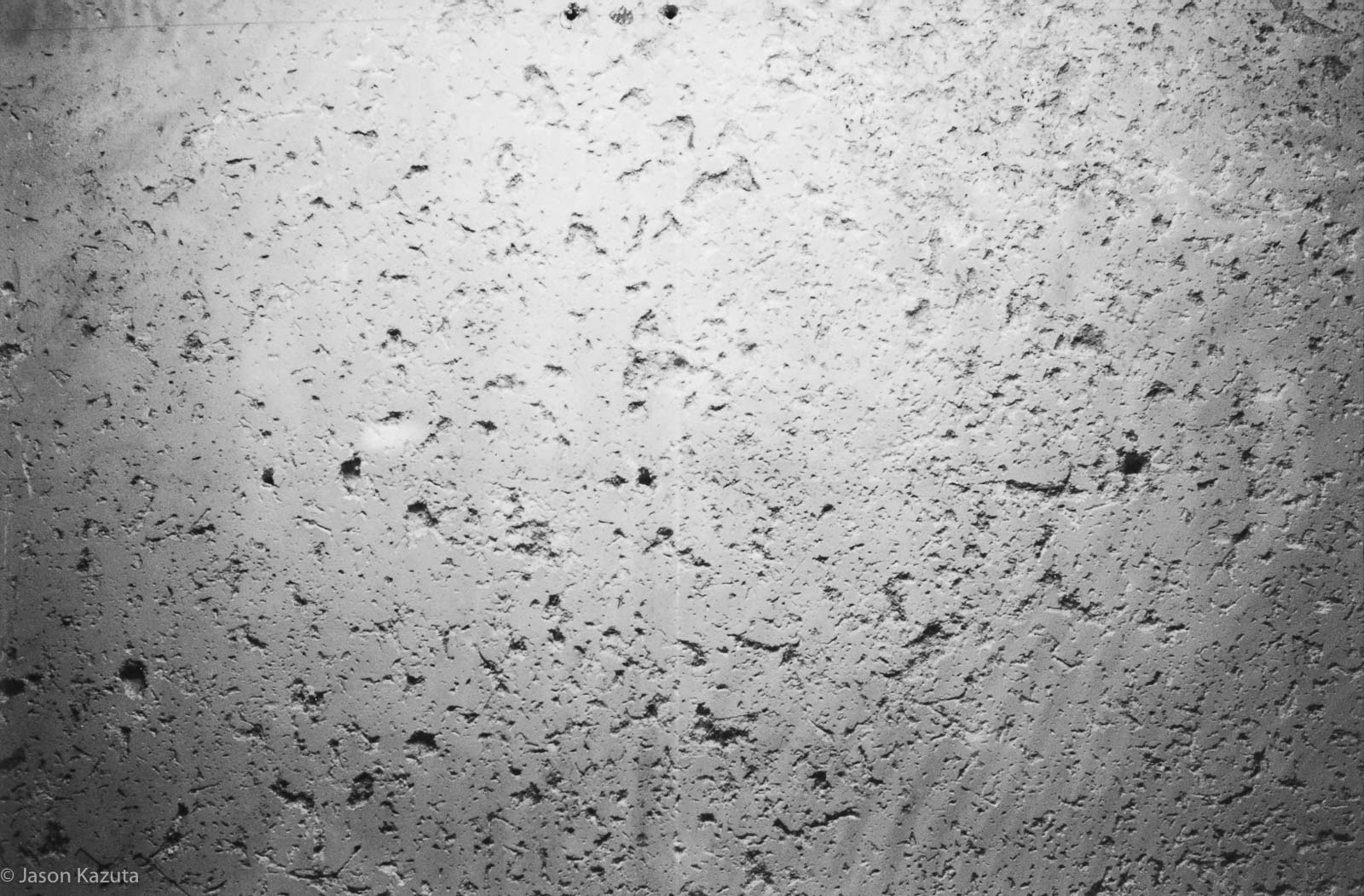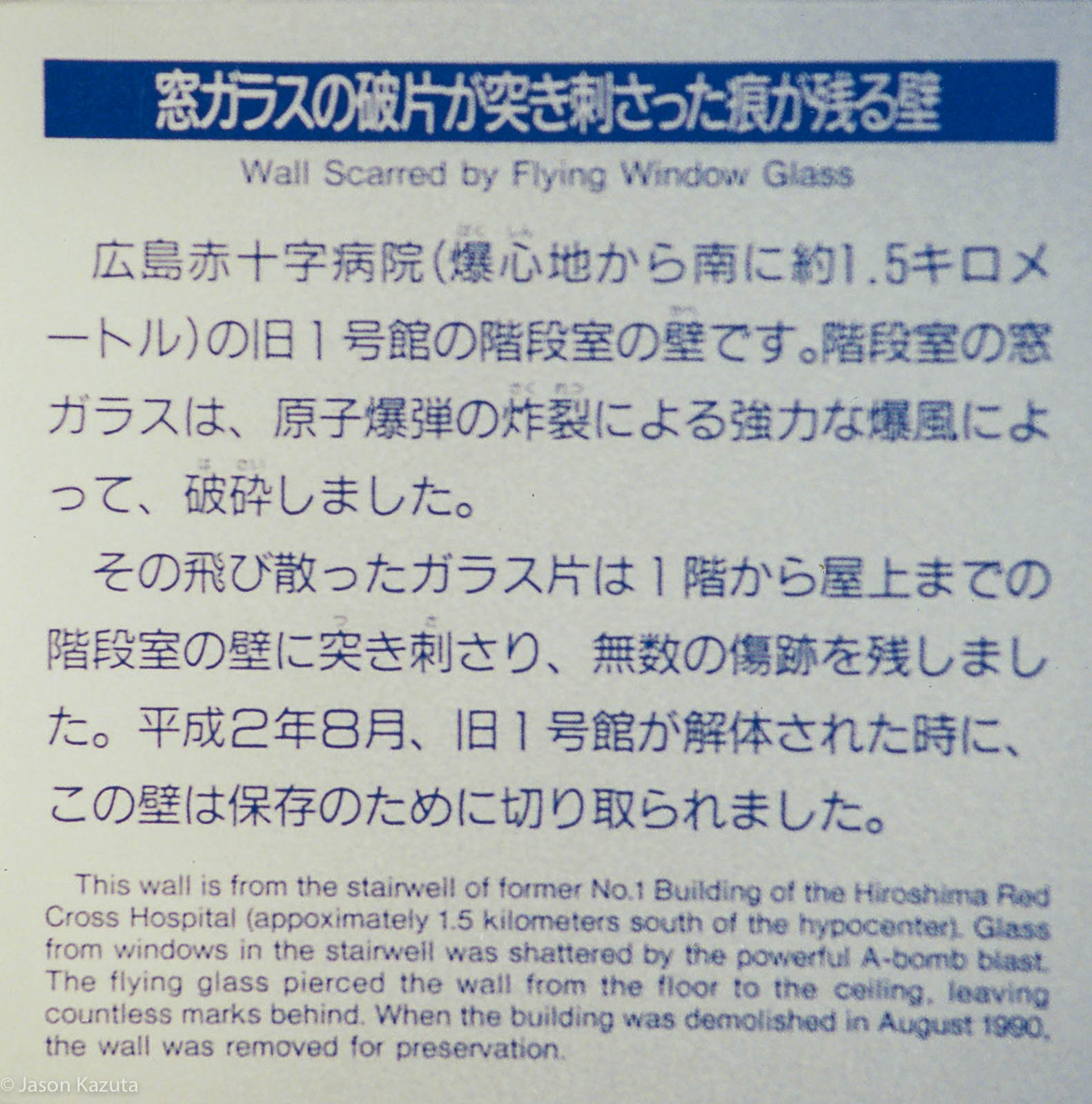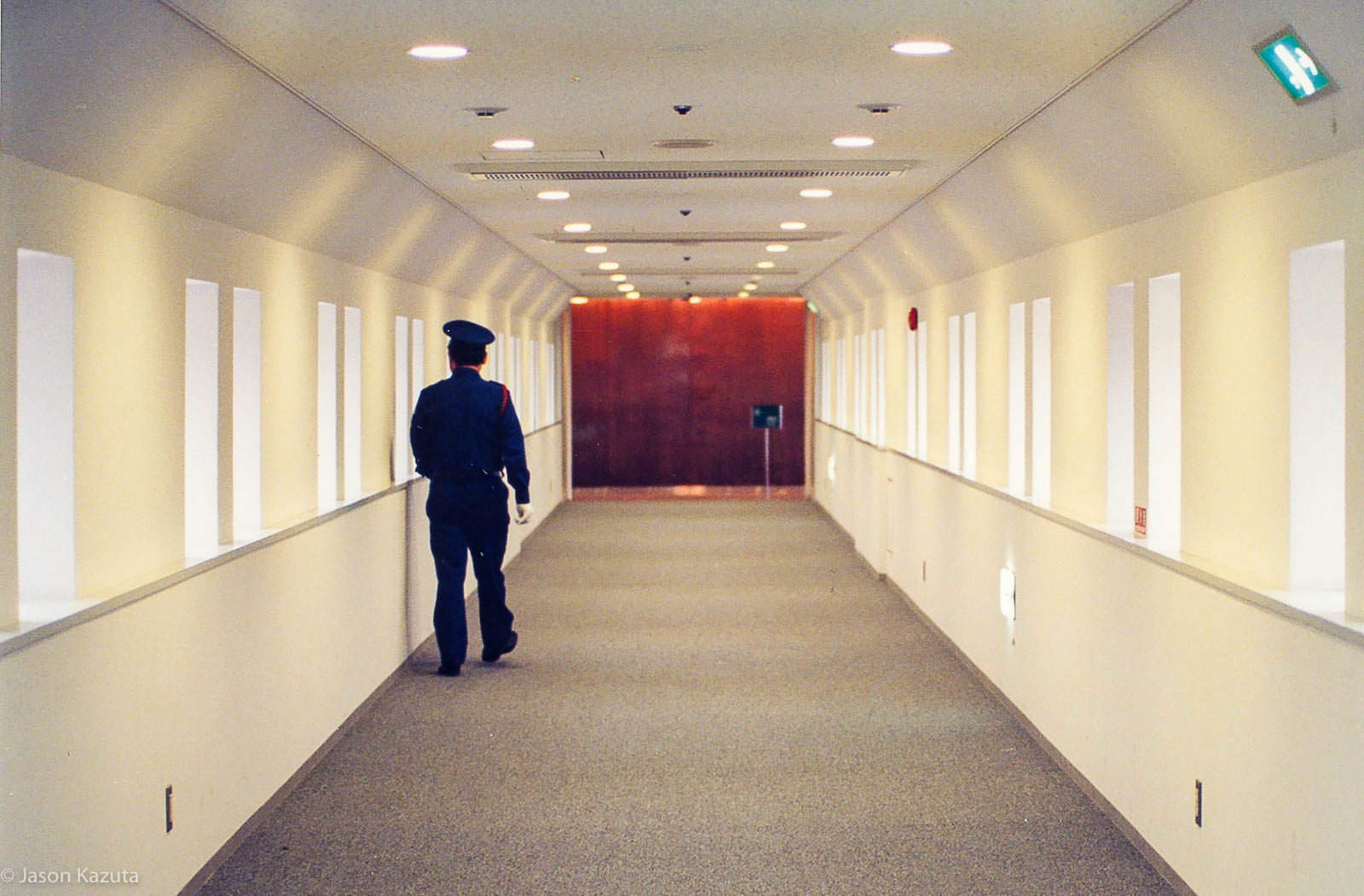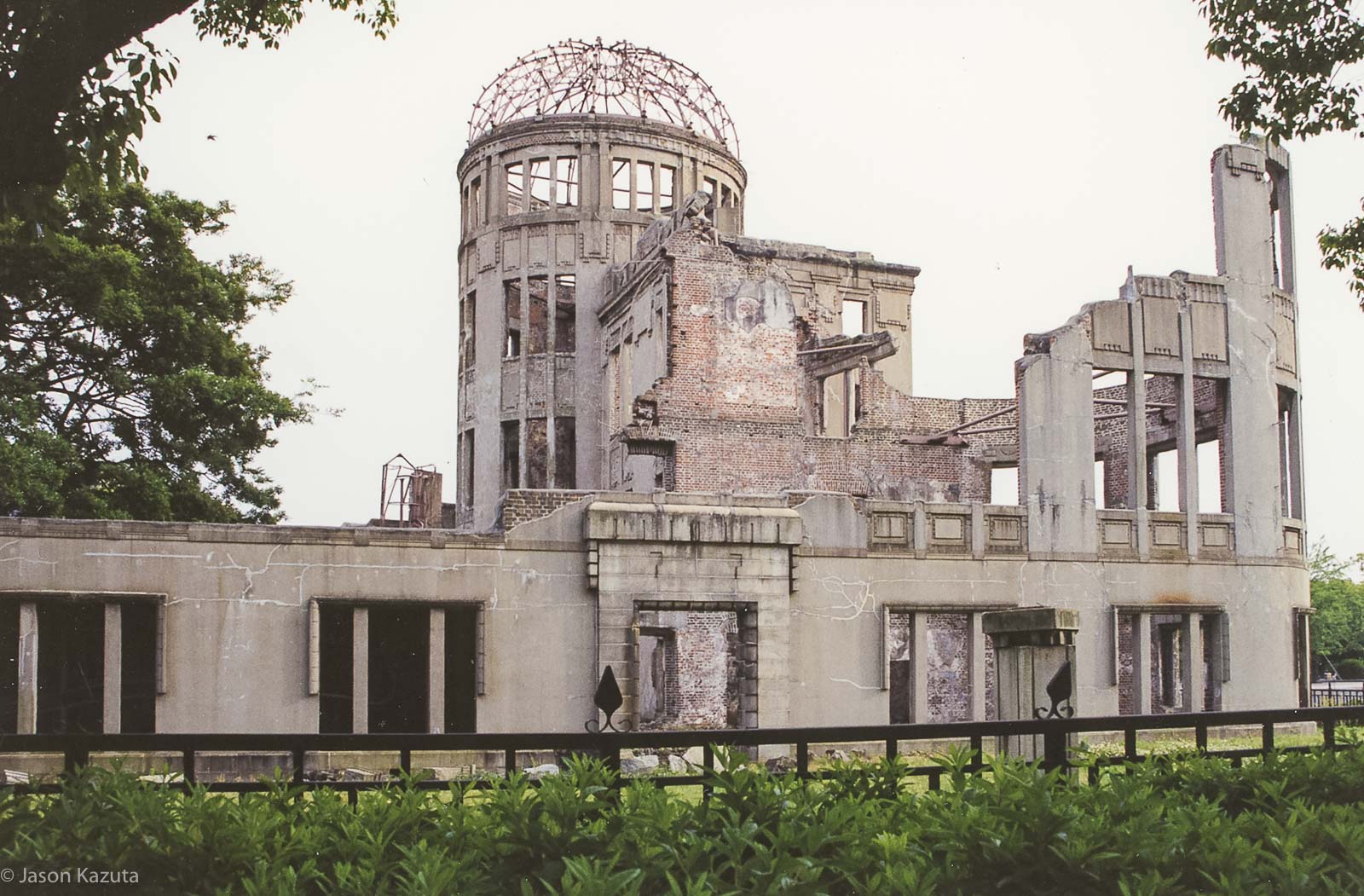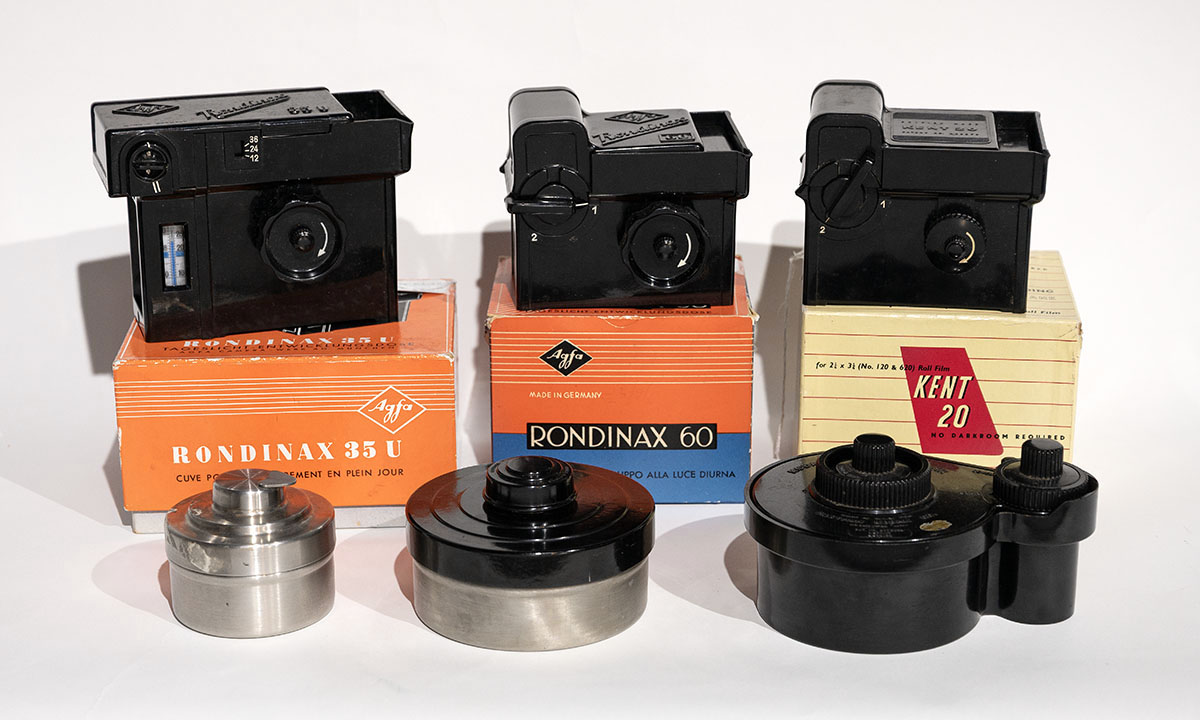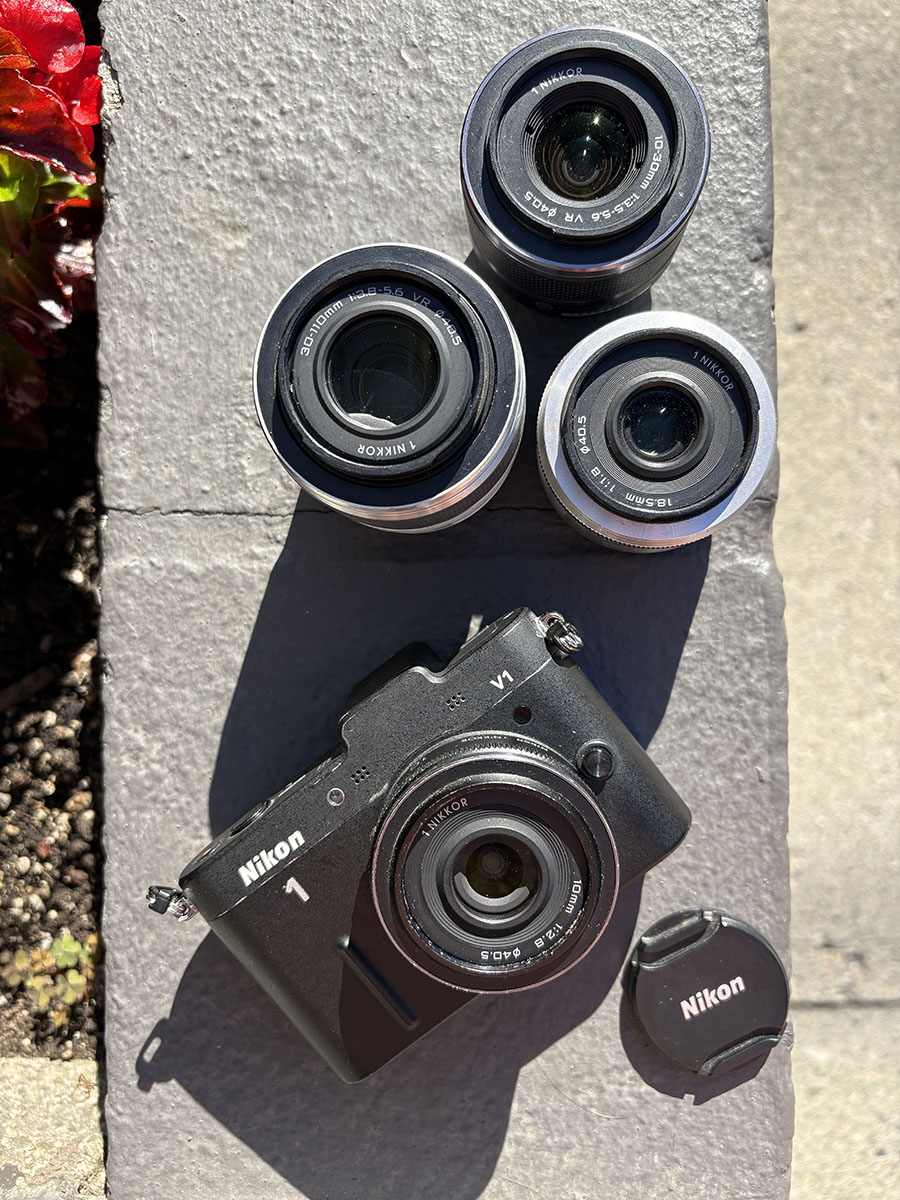Essential cookies enable basic functions and are necessary for the proper function of the website.
Cookie Preferences
This cookie is used to store the user's cookie consent preferences.
30 days
Cookie Preferences
This cookie is used to store the user's cookie consent preferences.
-
Cookie Preferences
This cookie is used to store the user's cookie consent preferences.
-
Cookie Preferences
This cookie is used to store the user's cookie consent preferences.
-
Cookie Preferences
This cookie is used to store the user's cookie consent preferences.
-
Cookie Preferences
This cookie is used to store the user's cookie consent preferences.
-
Cookie Preferences
This cookie is used to store the user's cookie consent preferences.
-
Cookie Preferences
This cookie is used to store the user's cookie consent preferences.
-
Cookie Preferences
This cookie is used to store the user's cookie consent preferences.
-
Cookie Preferences
This cookie is used to store the user's cookie consent preferences.
-
Cookie Preferences
This cookie is used to store the user's cookie consent preferences.
-
Cookie Preferences
This cookie is used to store the user's cookie consent preferences.
-
Cookie Preferences
This cookie is used to store the user's cookie consent preferences.
-
Cookie Preferences
This cookie is used to store the user's cookie consent preferences.
-
Cookie Preferences
This cookie is used to store the user's cookie consent preferences.
-
Cookie Preferences
This cookie is used to store the user's cookie consent preferences.
-
Cookie Preferences
This cookie is used to store the user's cookie consent preferences.
-
Cookie Preferences
This cookie is used to store the user's cookie consent preferences.
-
Cookie Preferences
This cookie is used to store the user's cookie consent preferences.
-
Cookie Preferences
This cookie is used to store the user's cookie consent preferences.
-
Cookie Preferences
This cookie is used to store the user's cookie consent preferences.
-
Cookie Preferences
This cookie is used to store the user's cookie consent preferences.
-
Cookie Preferences
This cookie is used to store the user's cookie consent preferences.
-
Cookie Preferences
This cookie is used to store the user's cookie consent preferences.
-
Cookie Preferences
This cookie is used to store the user's cookie consent preferences.
-
Cookie Preferences
This cookie is used to store the user's cookie consent preferences.
-
Cookie Preferences
This cookie is used to store the user's cookie consent preferences.
-
Cookie Preferences
This cookie is used to store the user's cookie consent preferences.
-
Cookie Preferences
This cookie is used to store the user's cookie consent preferences.
-
Cookie Preferences
This cookie is used to store the user's cookie consent preferences.
-
Cookie Preferences
This cookie is used to store the user's cookie consent preferences.
-
Cookie Preferences
This cookie is used to store the user's cookie consent preferences.
-
Cookie Preferences
This cookie is used to store the user's cookie consent preferences.
-
Cookie Preferences
This cookie is used to store the user's cookie consent preferences.
-
Cookie Preferences
This cookie is used to store the user's cookie consent preferences.
-
Cookie Preferences
This cookie is used to store the user's cookie consent preferences.
-
Cookie Preferences
This cookie is used to store the user's cookie consent preferences.
-
Cookie Preferences
This cookie is used to store the user's cookie consent preferences.
-
Cookie Preferences
This cookie is used to store the user's cookie consent preferences.
-
Cookie Preferences
This cookie is used to store the user's cookie consent preferences.
-
Cookie Preferences
This cookie is used to store the user's cookie consent preferences.
-
Cookie Preferences
This cookie is used to store the user's cookie consent preferences.
-
Cookie Preferences
This cookie is used to store the user's cookie consent preferences.
-
Cookie Preferences
This cookie is used to store the user's cookie consent preferences.
-
Cookie Preferences
This cookie is used to store the user's cookie consent preferences.
-
Cookie Preferences
This cookie is used to store the user's cookie consent preferences.
-
Cookie Preferences
This cookie is used to store the user's cookie consent preferences.
-
Cookie Preferences
This cookie is used to store the user's cookie consent preferences.
-
Cookie Preferences
This cookie is used to store the user's cookie consent preferences.
-
Cookie Preferences
This cookie is used to store the user's cookie consent preferences.
-
Cookie Preferences
This cookie is used to store the user's cookie consent preferences.
-
Cookie Preferences
This cookie is used to store the user's cookie consent preferences.
-
Cookie Preferences
This cookie is used to store the user's cookie consent preferences.
-
Cookie Preferences
This cookie is used to store the user's cookie consent preferences.
-
Cookie Preferences
This cookie is used to store the user's cookie consent preferences.
-
Cookie Preferences
This cookie is used to store the user's cookie consent preferences.
-
Cookie Preferences
This cookie is used to store the user's cookie consent preferences.
-
Cookie Preferences
This cookie is used to store the user's cookie consent preferences.
-
Cookie Preferences
This cookie is used to store the user's cookie consent preferences.
-
Cookie Preferences
This cookie is used to store the user's cookie consent preferences.
-
Cookie Preferences
This cookie is used to store the user's cookie consent preferences.
-
Cookie Preferences
This cookie is used to store the user's cookie consent preferences.
-
Cookie Preferences
This cookie is used to store the user's cookie consent preferences.
-
Cookie Preferences
This cookie is used to store the user's cookie consent preferences.
-
Cookie Preferences
This cookie is used to store the user's cookie consent preferences.
-
Cookie Preferences
This cookie is used to store the user's cookie consent preferences.
-
Cookie Preferences
This cookie is used to store the user's cookie consent preferences.
-
Cookie Preferences
This cookie is used to store the user's cookie consent preferences.
-
Cookie Preferences
This cookie is used to store the user's cookie consent preferences.
-
Cookie Preferences
This cookie is used to store the user's cookie consent preferences.
-
Cookie Preferences
This cookie is used to store the user's cookie consent preferences.
-
Cookie Preferences
This cookie is used to store the user's cookie consent preferences.
-
Cookie Preferences
This cookie is used to store the user's cookie consent preferences.
-
Cookie Preferences
This cookie is used to store the user's cookie consent preferences.
-
Cookie Preferences
This cookie is used to store the user's cookie consent preferences.
-
Cookie Preferences
This cookie is used to store the user's cookie consent preferences.
-
Cookie Preferences
This cookie is used to store the user's cookie consent preferences.
-
Cookie Preferences
This cookie is used to store the user's cookie consent preferences.
-
Cookie Preferences
This cookie is used to store the user's cookie consent preferences.
-
Cookie Preferences
This cookie is used to store the user's cookie consent preferences.
-
Cookie Preferences
This cookie is used to store the user's cookie consent preferences.
-
Cookie Preferences
This cookie is used to store the user's cookie consent preferences.
-
Cookie Preferences
This cookie is used to store the user's cookie consent preferences.
-
Cookie Preferences
This cookie is used to store the user's cookie consent preferences.
-
Cookie Preferences
This cookie is used to store the user's cookie consent preferences.
-
Cookie Preferences
This cookie is used to store the user's cookie consent preferences.
-
Cookie Preferences
This cookie is used to store the user's cookie consent preferences.
-
Cookie Preferences
This cookie is used to store the user's cookie consent preferences.
-
Cookie Preferences
This cookie is used to store the user's cookie consent preferences.
-
Cookie Preferences
This cookie is used to store the user's cookie consent preferences.
-
Cookie Preferences
This cookie is used to store the user's cookie consent preferences.
-
Cookie Preferences
This cookie is used to store the user's cookie consent preferences.
-
Cookie Preferences
This cookie is used to store the user's cookie consent preferences.
-
Cookie Preferences
This cookie is used to store the user's cookie consent preferences.
-
Cookie Preferences
This cookie is used to store the user's cookie consent preferences.
-
Cookie Preferences
This cookie is used to store the user's cookie consent preferences.
-
Cookie Preferences
This cookie is used to store the user's cookie consent preferences.
-
Cookie Preferences
This cookie is used to store the user's cookie consent preferences.
-
Cookie Preferences
This cookie is used to store the user's cookie consent preferences.
-
Cookie Preferences
This cookie is used to store the user's cookie consent preferences.
-
Cookie Preferences
This cookie is used to store the user's cookie consent preferences.
-
Cookie Preferences
This cookie is used to store the user's cookie consent preferences.
-
Cookie Preferences
This cookie is used to store the user's cookie consent preferences.
-
Cookie Preferences
This cookie is used to store the user's cookie consent preferences.
-
Cookie Preferences
This cookie is used to store the user's cookie consent preferences.
-
Cookie Preferences
This cookie is used to store the user's cookie consent preferences.
-
Cookie Preferences
This cookie is used to store the user's cookie consent preferences.
-
Cookie Preferences
This cookie is used to store the user's cookie consent preferences.
-
Cookie Preferences
This cookie is used to store the user's cookie consent preferences.
-
Cookie Preferences
This cookie is used to store the user's cookie consent preferences.
-
Cookie Preferences
This cookie is used to store the user's cookie consent preferences.
-
Cookie Preferences
This cookie is used to store the user's cookie consent preferences.
-
Cookie Preferences
This cookie is used to store the user's cookie consent preferences.
-
Cookie Preferences
This cookie is used to store the user's cookie consent preferences.
-
Cookie Preferences
This cookie is used to store the user's cookie consent preferences.
-
Cookie Preferences
This cookie is used to store the user's cookie consent preferences.
-
Cookie Preferences
This cookie is used to store the user's cookie consent preferences.
-
Cookie Preferences
This cookie is used to store the user's cookie consent preferences.
-
Cookie Preferences
This cookie is used to store the user's cookie consent preferences.
-
Cookie Preferences
This cookie is used to store the user's cookie consent preferences.
-
Cookie Preferences
This cookie is used to store the user's cookie consent preferences.
-
Cookie Preferences
This cookie is used to store the user's cookie consent preferences.
-
Cookie Preferences
This cookie is used to store the user's cookie consent preferences.
-
Cookie Preferences
This cookie is used to store the user's cookie consent preferences.
-
Cookie Preferences
This cookie is used to store the user's cookie consent preferences.
-
Cookie Preferences
This cookie is used to store the user's cookie consent preferences.
-
Cookie Preferences
This cookie is used to store the user's cookie consent preferences.
-
Cookie Preferences
This cookie is used to store the user's cookie consent preferences.
-
Cookie Preferences
This cookie is used to store the user's cookie consent preferences.
-
Cookie Preferences
This cookie is used to store the user's cookie consent preferences.
-
Cookie Preferences
This cookie is used to store the user's cookie consent preferences.
-
Cookie Preferences
This cookie is used to store the user's cookie consent preferences.
-
Cookie Preferences
This cookie is used to store the user's cookie consent preferences.
-
Cookie Preferences
This cookie is used to store the user's cookie consent preferences.
-
Cookie Preferences
This cookie is used to store the user's cookie consent preferences.
-
Cookie Preferences
This cookie is used to store the user's cookie consent preferences.
-
Cookie Preferences
This cookie is used to store the user's cookie consent preferences.
-
Cookie Preferences
This cookie is used to store the user's cookie consent preferences.
-
Cookie Preferences
This cookie is used to store the user's cookie consent preferences.
-
Cookie Preferences
This cookie is used to store the user's cookie consent preferences.
-
Cookie Preferences
This cookie is used to store the user's cookie consent preferences.
-
Cookie Preferences
This cookie is used to store the user's cookie consent preferences.
-
Cookie Preferences
This cookie is used to store the user's cookie consent preferences.
-
Cookie Preferences
This cookie is used to store the user's cookie consent preferences.
-
Cookie Preferences
This cookie is used to store the user's cookie consent preferences.
-
Cookie Preferences
This cookie is used to store the user's cookie consent preferences.
-
Cookie Preferences
This cookie is used to store the user's cookie consent preferences.
-
Cookie Preferences
This cookie is used to store the user's cookie consent preferences.
-
Cookie Preferences
This cookie is used to store the user's cookie consent preferences.
-
Cookie Preferences
This cookie is used to store the user's cookie consent preferences.
-
Cookie Preferences
This cookie is used to store the user's cookie consent preferences.
-
Cookie Preferences
This cookie is used to store the user's cookie consent preferences.
-
Cookie Preferences
This cookie is used to store the user's cookie consent preferences.
-
Cookie Preferences
This cookie is used to store the user's cookie consent preferences.
-
Cookie Preferences
This cookie is used to store the user's cookie consent preferences.
-
Cookie Preferences
This cookie is used to store the user's cookie consent preferences.
-
Cookie Preferences
This cookie is used to store the user's cookie consent preferences.
-
Cookie Preferences
This cookie is used to store the user's cookie consent preferences.
-
Cookie Preferences
This cookie is used to store the user's cookie consent preferences.
-
Cookie Preferences
This cookie is used to store the user's cookie consent preferences.
-
Cookie Preferences
This cookie is used to store the user's cookie consent preferences.
-
Cookie Preferences
This cookie is used to store the user's cookie consent preferences.
-
Cookie Preferences
This cookie is used to store the user's cookie consent preferences.
-
Cookie Preferences
This cookie is used to store the user's cookie consent preferences.
-
Cookie Preferences
This cookie is used to store the user's cookie consent preferences.
-
Cookie Preferences
This cookie is used to store the user's cookie consent preferences.
-
Cookie Preferences
This cookie is used to store the user's cookie consent preferences.
-
Cookie Preferences
This cookie is used to store the user's cookie consent preferences.
-
Cookie Preferences
This cookie is used to store the user's cookie consent preferences.
-
Cookie Preferences
This cookie is used to store the user's cookie consent preferences.
-
Cookie Preferences
This cookie is used to store the user's cookie consent preferences.
-
Cookie Preferences
This cookie is used to store the user's cookie consent preferences.
-
Cookie Preferences
This cookie is used to store the user's cookie consent preferences.
-
Cookie Preferences
This cookie is used to store the user's cookie consent preferences.
-
Cookie Preferences
This cookie is used to store the user's cookie consent preferences.
-
Cookie Preferences
This cookie is used to store the user's cookie consent preferences.
-
Cookie Preferences
This cookie is used to store the user's cookie consent preferences.
-
Cookie Preferences
This cookie is used to store the user's cookie consent preferences.
-
Cookie Preferences
This cookie is used to store the user's cookie consent preferences.
-
Cookie Preferences
This cookie is used to store the user's cookie consent preferences.
-
Cookie Preferences
This cookie is used to store the user's cookie consent preferences.
-
Cookie Preferences
This cookie is used to store the user's cookie consent preferences.
-
Cookie Preferences
This cookie is used to store the user's cookie consent preferences.
-
Cookie Preferences
This cookie is used to store the user's cookie consent preferences.
-
Cookie Preferences
This cookie is used to store the user's cookie consent preferences.
-
Cookie Preferences
This cookie is used to store the user's cookie consent preferences.
-
Cookie Preferences
This cookie is used to store the user's cookie consent preferences.
-
Cookie Preferences
This cookie is used to store the user's cookie consent preferences.
-
Cookie Preferences
This cookie is used to store the user's cookie consent preferences.
-
Cookie Preferences
This cookie is used to store the user's cookie consent preferences.
-
Cookie Preferences
This cookie is used to store the user's cookie consent preferences.
-
Cookie Preferences
This cookie is used to store the user's cookie consent preferences.
-
Cookie Preferences
This cookie is used to store the user's cookie consent preferences.
-
Cookie Preferences
This cookie is used to store the user's cookie consent preferences.
-
Cookie Preferences
This cookie is used to store the user's cookie consent preferences.
-
Cookie Preferences
This cookie is used to store the user's cookie consent preferences.
-
Cookie Preferences
This cookie is used to store the user's cookie consent preferences.
-
Cookie Preferences
This cookie is used to store the user's cookie consent preferences.
-
Cookie Preferences
This cookie is used to store the user's cookie consent preferences.
-
Cookie Preferences
This cookie is used to store the user's cookie consent preferences.
-
Cookie Preferences
This cookie is used to store the user's cookie consent preferences.
-
Cookie Preferences
This cookie is used to store the user's cookie consent preferences.
-
Cookie Preferences
This cookie is used to store the user's cookie consent preferences.
-
Cookie Preferences
This cookie is used to store the user's cookie consent preferences.
-
Cookie Preferences
This cookie is used to store the user's cookie consent preferences.
-
Cookie Preferences
This cookie is used to store the user's cookie consent preferences.
-
Cookie Preferences
This cookie is used to store the user's cookie consent preferences.
-
Cookie Preferences
This cookie is used to store the user's cookie consent preferences.
-
Cookie Preferences
This cookie is used to store the user's cookie consent preferences.
-
Cookie Preferences
This cookie is used to store the user's cookie consent preferences.
-
Cookie Preferences
This cookie is used to store the user's cookie consent preferences.
-
Cookie Preferences
This cookie is used to store the user's cookie consent preferences.
-
Cookie Preferences
This cookie is used to store the user's cookie consent preferences.
-
Cookie Preferences
This cookie is used to store the user's cookie consent preferences.
-
Cookie Preferences
This cookie is used to store the user's cookie consent preferences.
-
Cookie Preferences
This cookie is used to store the user's cookie consent preferences.
-
Cookie Preferences
This cookie is used to store the user's cookie consent preferences.
-
Cookie Preferences
This cookie is used to store the user's cookie consent preferences.
-
Cookie Preferences
This cookie is used to store the user's cookie consent preferences.
-
Cookie Preferences
This cookie is used to store the user's cookie consent preferences.
-
Cookie Preferences
This cookie is used to store the user's cookie consent preferences.
-
Cookie Preferences
This cookie is used to store the user's cookie consent preferences.
-
Cookie Preferences
This cookie is used to store the user's cookie consent preferences.
-
Cookie Preferences
This cookie is used to store the user's cookie consent preferences.
-
Cookie Preferences
This cookie is used to store the user's cookie consent preferences.
-
Cookie Preferences
This cookie is used to store the user's cookie consent preferences.
-
Cookie Preferences
This cookie is used to store the user's cookie consent preferences.
-
Cookie Preferences
This cookie is used to store the user's cookie consent preferences.
-
Cookie Preferences
This cookie is used to store the user's cookie consent preferences.
-
Cookie Preferences
This cookie is used to store the user's cookie consent preferences.
-
Cookie Preferences
This cookie is used to store the user's cookie consent preferences.
-
Cookie Preferences
This cookie is used to store the user's cookie consent preferences.
-
Cookie Preferences
This cookie is used to store the user's cookie consent preferences.
-
Cookie Preferences
This cookie is used to store the user's cookie consent preferences.
-
Cookie Preferences
This cookie is used to store the user's cookie consent preferences.
-
Cookie Preferences
This cookie is used to store the user's cookie consent preferences.
-
Cookie Preferences
This cookie is used to store the user's cookie consent preferences.
-
Cookie Preferences
This cookie is used to store the user's cookie consent preferences.
-
Cookie Preferences
This cookie is used to store the user's cookie consent preferences.
-
Cookie Preferences
This cookie is used to store the user's cookie consent preferences.
-
Cookie Preferences
This cookie is used to store the user's cookie consent preferences.
-
Cookie Preferences
This cookie is used to store the user's cookie consent preferences.
-
Cookie Preferences
This cookie is used to store the user's cookie consent preferences.
-
Cookie Preferences
This cookie is used to store the user's cookie consent preferences.
-
Cookie Preferences
This cookie is used to store the user's cookie consent preferences.
-
Cookie Preferences
This cookie is used to store the user's cookie consent preferences.
-
Cookie Preferences
This cookie is used to store the user's cookie consent preferences.
-
Cookie Preferences
This cookie is used to store the user's cookie consent preferences.
-
Cookie Preferences
This cookie is used to store the user's cookie consent preferences.
-
Cookie Preferences
This cookie is used to store the user's cookie consent preferences.
-
Cookie Preferences
This cookie is used to store the user's cookie consent preferences.
-
Cookie Preferences
This cookie is used to store the user's cookie consent preferences.
-
Cookie Preferences
This cookie is used to store the user's cookie consent preferences.
-
Cookie Preferences
This cookie is used to store the user's cookie consent preferences.
-
Cookie Preferences
This cookie is used to store the user's cookie consent preferences.
-
Cookie Preferences
This cookie is used to store the user's cookie consent preferences.
-
Cookie Preferences
This cookie is used to store the user's cookie consent preferences.
-
Cookie Preferences
This cookie is used to store the user's cookie consent preferences.
-
Cookie Preferences
This cookie is used to store the user's cookie consent preferences.
-
Cookie Preferences
This cookie is used to store the user's cookie consent preferences.
-
Cookie Preferences
This cookie is used to store the user's cookie consent preferences.
-
Cookie Preferences
This cookie is used to store the user's cookie consent preferences.
-
Cookie Preferences
This cookie is used to store the user's cookie consent preferences.
-
Cookie Preferences
This cookie is used to store the user's cookie consent preferences.
-
Cookie Preferences
This cookie is used to store the user's cookie consent preferences.
-
Cookie Preferences
This cookie is used to store the user's cookie consent preferences.
-
Cookie Preferences
This cookie is used to store the user's cookie consent preferences.
-
Cookie Preferences
This cookie is used to store the user's cookie consent preferences.
-
Cookie Preferences
This cookie is used to store the user's cookie consent preferences.
-
Cookie Preferences
This cookie is used to store the user's cookie consent preferences.
-
Cookie Preferences
This cookie is used to store the user's cookie consent preferences.
-
Cookie Preferences
This cookie is used to store the user's cookie consent preferences.
-
Cookie Preferences
This cookie is used to store the user's cookie consent preferences.
-
Cookie Preferences
This cookie is used to store the user's cookie consent preferences.
-
Cookie Preferences
This cookie is used to store the user's cookie consent preferences.
-
Cookie Preferences
This cookie is used to store the user's cookie consent preferences.
-
Cookie Preferences
This cookie is used to store the user's cookie consent preferences.
-
Cookie Preferences
This cookie is used to store the user's cookie consent preferences.
-
Cookie Preferences
This cookie is used to store the user's cookie consent preferences.
-
Cookie Preferences
This cookie is used to store the user's cookie consent preferences.
-
Cookie Preferences
This cookie is used to store the user's cookie consent preferences.
-
Cookie Preferences
This cookie is used to store the user's cookie consent preferences.
-
Cookie Preferences
This cookie is used to store the user's cookie consent preferences.
-
Cookie Preferences
This cookie is used to store the user's cookie consent preferences.
-
Cookie Preferences
This cookie is used to store the user's cookie consent preferences.
-
Cookie Preferences
This cookie is used to store the user's cookie consent preferences.
-
Cookie Preferences
This cookie is used to store the user's cookie consent preferences.
-
Cookie Preferences
This cookie is used to store the user's cookie consent preferences.
-
Cookie Preferences
This cookie is used to store the user's cookie consent preferences.
-
Cookie Preferences
This cookie is used to store the user's cookie consent preferences.
-
Cookie Preferences
This cookie is used to store the user's cookie consent preferences.
-
Cookie Preferences
This cookie is used to store the user's cookie consent preferences.
-
Cookie Preferences
This cookie is used to store the user's cookie consent preferences.
-
Cookie Preferences
This cookie is used to store the user's cookie consent preferences.
-
Cookie Preferences
This cookie is used to store the user's cookie consent preferences.
-
Cookie Preferences
This cookie is used to store the user's cookie consent preferences.
-
Cookie Preferences
This cookie is used to store the user's cookie consent preferences.
-
Cookie Preferences
This cookie is used to store the user's cookie consent preferences.
-
Cookie Preferences
This cookie is used to store the user's cookie consent preferences.
-
Cookie Preferences
This cookie is used to store the user's cookie consent preferences.
-
Cookie Preferences
This cookie is used to store the user's cookie consent preferences.
-
Cookie Preferences
This cookie is used to store the user's cookie consent preferences.
-
Cookie Preferences
This cookie is used to store the user's cookie consent preferences.
-
Cookie Preferences
This cookie is used to store the user's cookie consent preferences.
-
Cookie Preferences
This cookie is used to store the user's cookie consent preferences.
-
Cookie Preferences
This cookie is used to store the user's cookie consent preferences.
-
Cookie Preferences
This cookie is used to store the user's cookie consent preferences.
-
Cookie Preferences
This cookie is used to store the user's cookie consent preferences.
-
Cookie Preferences
This cookie is used to store the user's cookie consent preferences.
-
Cookie Preferences
This cookie is used to store the user's cookie consent preferences.
-
Cookie Preferences
This cookie is used to store the user's cookie consent preferences.
-
Cookie Preferences
This cookie is used to store the user's cookie consent preferences.
-
Cookie Preferences
This cookie is used to store the user's cookie consent preferences.
-
Cookie Preferences
This cookie is used to store the user's cookie consent preferences.
-
Cookie Preferences
This cookie is used to store the user's cookie consent preferences.
-
Cookie Preferences
This cookie is used to store the user's cookie consent preferences.
-
Cookie Preferences
This cookie is used to store the user's cookie consent preferences.
-
Cookie Preferences
This cookie is used to store the user's cookie consent preferences.
-
Cookie Preferences
This cookie is used to store the user's cookie consent preferences.
-
Cookie Preferences
This cookie is used to store the user's cookie consent preferences.
-
Cookie Preferences
This cookie is used to store the user's cookie consent preferences.
-
Cookie Preferences
This cookie is used to store the user's cookie consent preferences.
-
Cookie Preferences
This cookie is used to store the user's cookie consent preferences.
-
Cookie Preferences
This cookie is used to store the user's cookie consent preferences.
-
Cookie Preferences
This cookie is used to store the user's cookie consent preferences.
-
Cookie Preferences
This cookie is used to store the user's cookie consent preferences.
30 days
Cookie Preferences
This cookie is used to store the user's cookie consent preferences.
30 days
Cookie Preferences
This cookie is used to store the user's cookie consent preferences.
30 days
Cookie Preferences
This cookie is used to store the user's cookie consent preferences.
30 days
Cookie Preferences
This cookie is used to store the user's cookie consent preferences.
30 days
Cookie Preferences
This cookie is used to store the user's cookie consent preferences.
30 days
Cookie Preferences
This cookie is used to store the user's cookie consent preferences.
30 days
Cookie Preferences
This cookie is used to store the user's cookie consent preferences.
30 days
Cookie Preferences
This cookie is used to store the user's cookie consent preferences.
30 days
Cookie Preferences
This cookie is used to store the user's cookie consent preferences.
30 days
Cookie Preferences
This cookie is used to store the user's cookie consent preferences.
30 days
Cookie Preferences
This cookie is used to store the user's cookie consent preferences.
30 days
Cookie Preferences
This cookie is used to store the user's cookie consent preferences.
30 days
Cookie Preferences
This cookie is used to store the user's cookie consent preferences.
30 days
Cookie Preferences
This cookie is used to store the user's cookie consent preferences.
30 days
Cookie Preferences
This cookie is used to store the user's cookie consent preferences.
30 days
